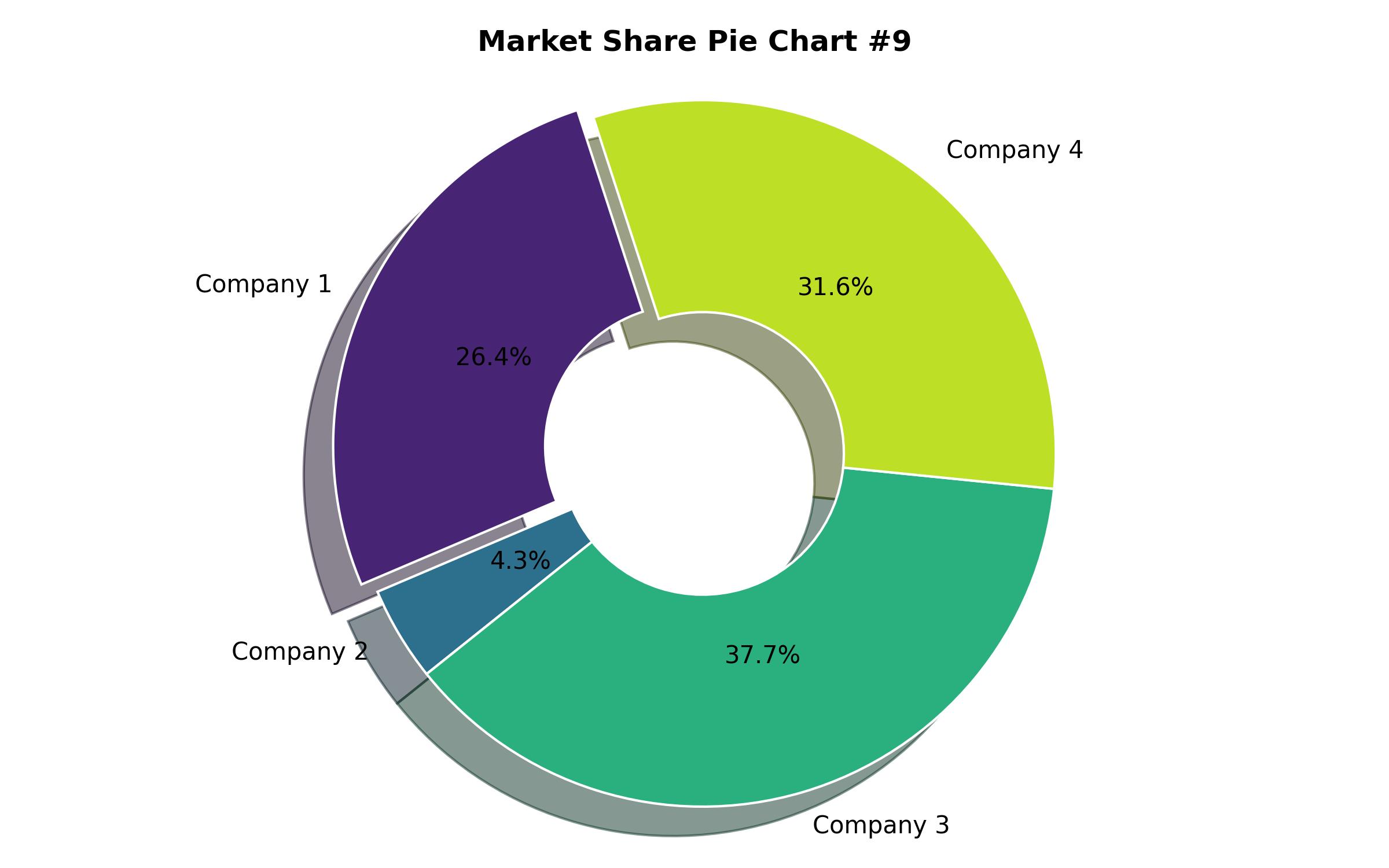Japan Skin Rejuvenation Product Market Study: Valuation, Market Share, and Future Growth Patterns 2025-2035
Overview:
The market for anti-wrinkle products in Japan is on track for significant expansion, projected to reach a value of approximately USD 1.35 billion in 2025. Industry analysts anticipate a robust Compound Annual Growth Rate (CAGR) of 6.1% over the ten-year period from 2025 to 2035, escalating the market size to an estimated USD 2.5 billion by the end of the forecast period. This notable growth trajectory is influenced by a confluence of factors, including Japan’s distinct demographic profile, its deeply ingrained cultural perspectives on aesthetics, and continuous progress in skincare science.
A key driver of this market’s vitality is Japan’s aging population. Boasting one of the highest average life expectancies globally, the nation has an extensive and expanding consumer base of older individuals keenly focused on maintaining a youthful appearance. This segment actively seeks efficacious anti-aging and anti-wrinkle solutions to address age-related skin concerns such as the appearance of fine lines, wrinkles, loss of firmness, and diminished elasticity.
With the increasing proportion of residents aged 65 and above, there is a sustained and growing demand for products and treatments specifically formulated to counteract the visual hallmarks of natural skin aging.
Another powerful influence is Japan’s profound appreciation for beauty and skincare. Japanese society places considerable value on presenting a refined appearance, and comprehensive skincare routines are an integral part of many daily lives. The country’s beauty sector is globally recognized for its meticulous attention to skincare, emphasizing both groundbreaking innovation and demonstrable product effectiveness.
Anti-wrinkle formulations frequently incorporate advanced scientific principles, often blending dynamic components like peptides, hyaluronic acid derivatives, and botanical concentrates, which are celebrated for their regenerative qualities for the skin. Consumers in Japan exhibit high standards when selecting skincare items, a factor that consistently encourages advancement and necessitates superior quality in anti-aging product development.
The significant expansion of digital retail channels and e-commerce platforms has substantially enhanced the accessibility of anti-wrinkle products for a broader range of Japanese consumers. The convenience of ordering from home and easily comparing options visually motivates buyers to explore novel solutions and invest in premium skincare items.
Furthermore, a heightened collective awareness regarding the importance of skincare, amplified by the visibility of online beauty experts and social media personalities, has stimulated demand for products designed to reduce wrinkles across diverse age demographics. This interplay of demographic realities, cultural values, and technological shifts collectively propels the expansion of the anti-wrinkle product category in Japan.

| Report Attribute | Details |
|---|---|
| Market Size in 2025 | USD 1.35 billion |
| Revenue Forecast for 2035 | USD 2.5 billion |
| Growth Rate (CAGR) | 6.1% from 2025 to 2035 |
| Base Year for Estimation | 2024 |
| Historical Data | 2019 – 2023 |
| Forecast Period | 2025 – 2035 |
| Quantitative Units | Revenue in USD million/billion and CAGR from 2025 to 2035 |
| Report Coverage | Revenue forecast, company market share, competitive landscape, growth factors, and trends |
| Covered Segments | Product type, nature, end-user, sales channel |
| Regional Scope | Japan |
| Country Scope | Japan |
| Key Companies Analyzed | Pola Orbis Holdings Inc., Kao Corporation, FANCL Corporation, Procter & Gamble (SK-II), DECENCIA Inc., Beiersdorf AG, Henkel AG, Clarins Group, Avon Products Inc., Allergan PLC, ARK Skincare, Alma Secret Company, Biomod Concepts, Inc. |
| Customization Options | Free report customization (up to 8 analysts working days) with purchase. Changes to country, regional, and segment scope |
| Pricing and Purchase Options | Customizable purchase options for tailored research needs |

Report Coverage & Deliverables
- Market Trends And Dynamics
- Competitve Benchmarking
- Historical data and forecasts
- Value/Volume analysis
- Company revenue shares and key strategies
- Regional opportunities
This is an indicative segmentation. Please request a sample report to see detail segmentation of this market.
Detailed Market Segmentation
- By Product Type
- Creams & Moisturizers
- Cleansers
- Serums
- Other Product Types
- By Nature
- Natural
- Chemical
- By End-User
- Men
- Women
- Unisex
- By Sales Channel
- Online
- Offline
Table of Content
- Executive Summary
- Market Introduction
- Market Overview
- Key Market Trends
- Growth Drivers
- Market Challenges
- Market Analysis 2020 to 2024 and Forecast, 2025 to 2035
- Market Analysis 2025 to 2035, By Product Type
- Creams & Moisturizers
- Cleansers
- Serums
- Other Product Types
- Market Analysis 2025 to 2035, By Nature
- Natural
- Chemical
- Market Analysis 2025 to 2035, By End-User
- Men
- Women
- Unisex
- Market Analysis 2025 to 2035, By Sales Channel
- Online
- Offline
- Pricing Analysis
- Value Chain Analysis
- Porter’s Five Forces Analysis
- Regulatory Landscape
- Consumer Behavior Analysis
- Market Structure
- Competition Analysis
- Japan Market Analysis 2025 to 2035
- Research Methodology
- Assumptions and Acronyms
- About Us
